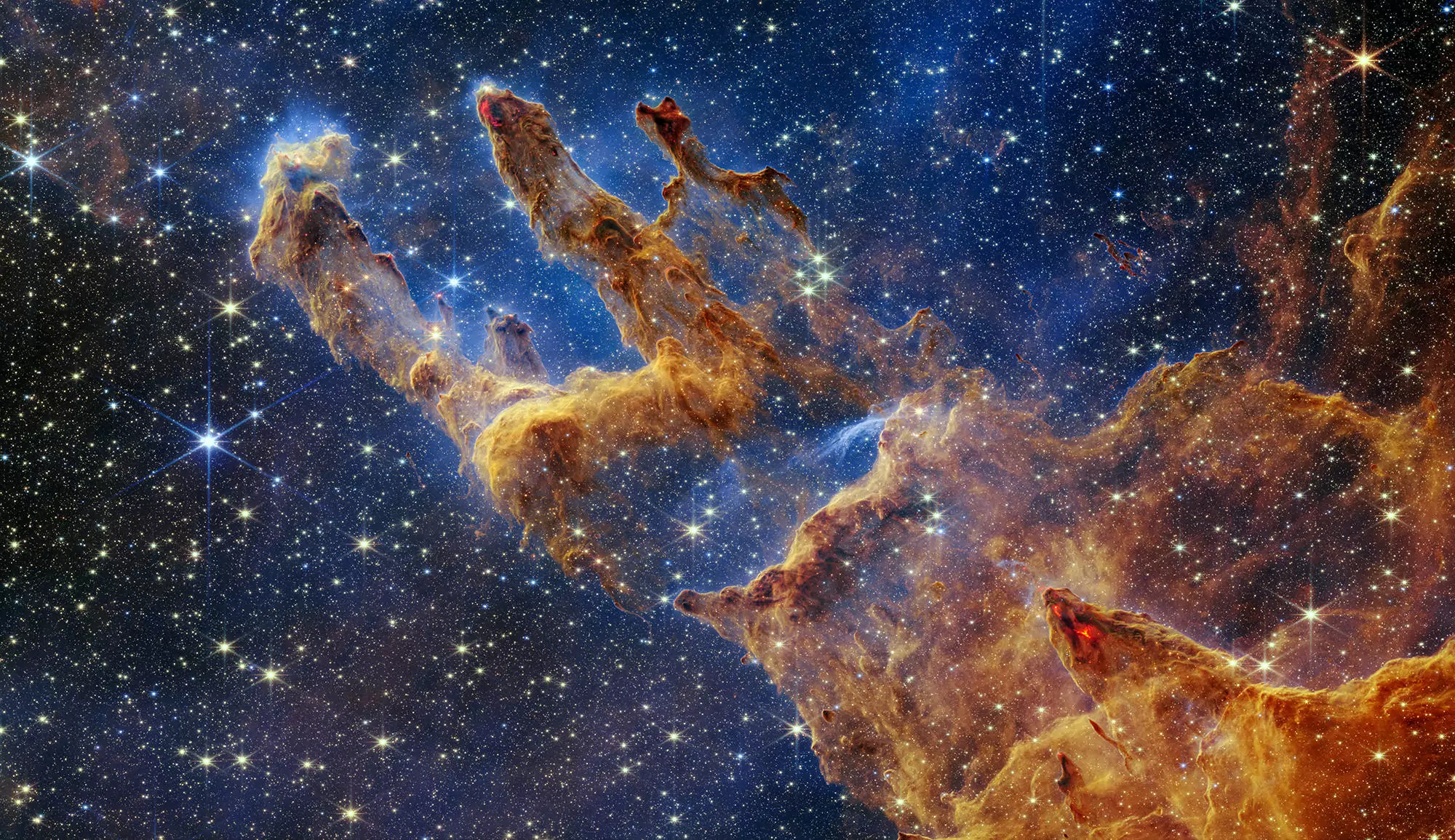
2003
Page 1 - résultats 1 à 10

Première détection de CO dans Uranus
Une équipe de l’Observatoire de Paris, animée par Thérèse Encrenaz (LESIA), vient de détecter pour la première fois la molécule de monoxyde de carbone (CO)...

Première preuve de l’association de gaz moléculaire à un courant de refroidissement
L’existence des courants de refroidissement ("cooling flows"), c’est-à -dire de gaz se refroidissant depuis des températures de plusieurs millions de degrés...

Des équipes de l’Observatoire de Paris font partie des équipes honorées par le Prix Descartes 2003
Le prix européen Descartes, doté d’un million d’euros, récompense l’excellence dans la haute technologie et les sciences fondamentales Bruxelles, le 20...
Depuis le bord de l’abîme... Premier message reçu de la frontière du trou noir au centre de notre Galaxie

Premières observations coronographiques à l’aide d’un Masque de Phase à 4 Quadrants sur le VLT
Une équipe de l’Observatoire de Paris vient d’obtenir les premières observations coronographiques avec masque de phase à 4 quadrants sur le VLT (Very Large...

Un univers fini dodécaédrique
Une équipe franco-américaine de cosmologistes [1] conduite par Jean-Pierre Luminet, du Laboratoire Univers et Théories[(LUTH) de l’Observatoire de Paris...

Fin du voyage pour Galileo : octobre 1989 - septembre 2003
La sonde Galileo (NASA/JPL), lancée en octobre 1989, orbite autour de Jupiter depuis décembre 1995. Elle terminera son long parcours dans le système...

Comment notre Galaxie s’enrichit-elle en carbone ?
Les étoiles géantes rouges perdent beaucoup de matière pendant leur séjour sur la Branche Asymptotique des Géantes, sous forme de vent stellaire. Comme...

L’expansion de l’atmosphère de Pluton révélée par occultations stellaires
Se déplaçant sur une orbite excentrique, Pluton s’éloigne actuellement du soleil ; de 1979 à 1999 il se trouvait à l’intérieur de l’orbite de Neptune, mais...

La sonde Mars-Express teste avec succès ses instruments
La sonde Mars-Express lançée de Baïkonour le 2 Juin 2003 par l’ESA, vient de tester ses instruments avec succès en observant la Terre et la Lune.